What Is Bloom’s Revised Taxonomy?
Bloom’s Revised Taxonomy is an update that, among other changes, revised the language and hierarchy of the Cognitive Process Dimension.
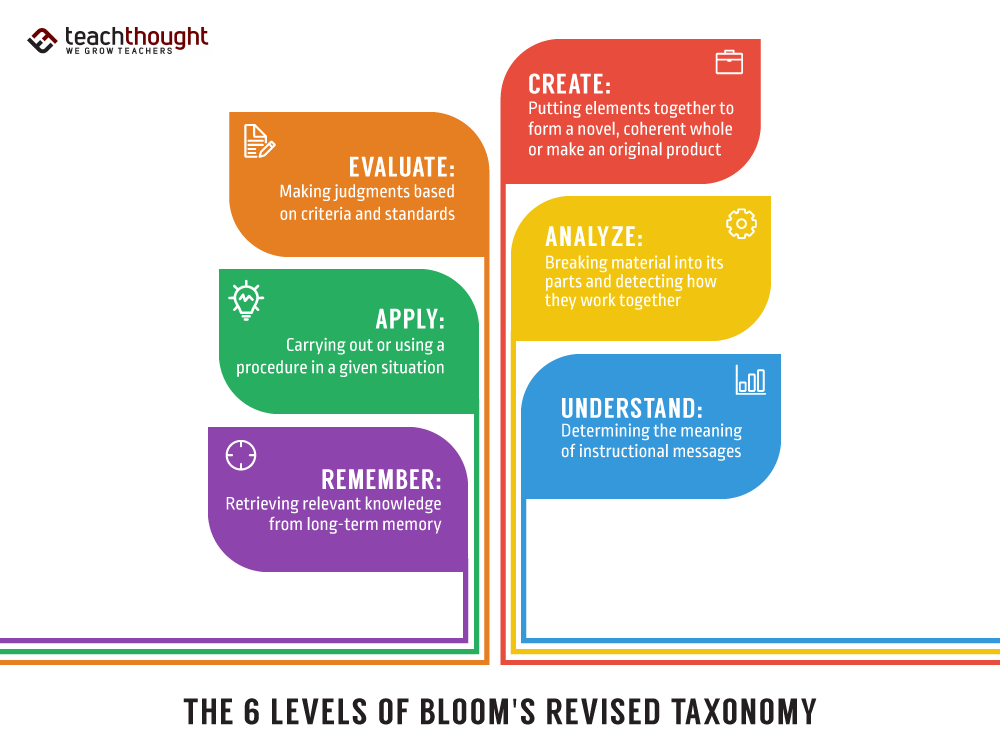
Bloom’s Revised Taxonomy is an update that, among other changes, revised the language and hierarchy of the Cognitive Process Dimension.
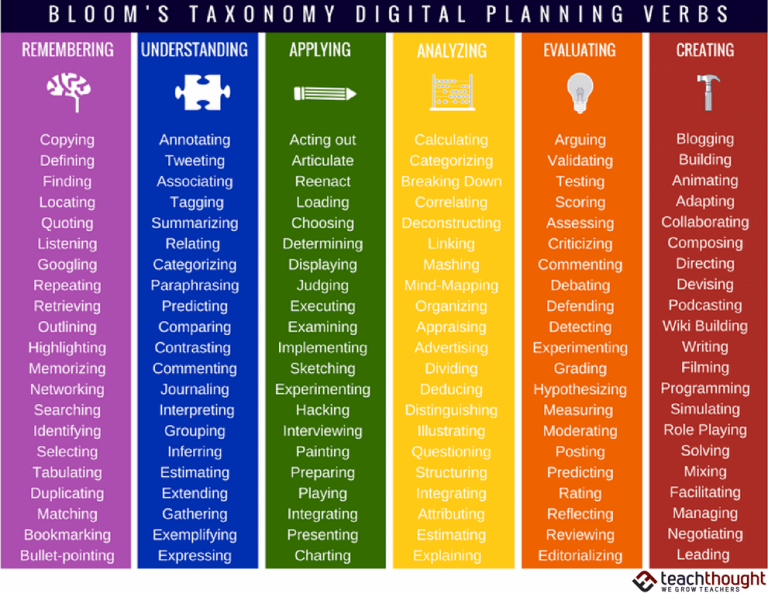
Digital learning allows students to grasp concept more quickly to connect theory & application more adeptly to engage in learning.
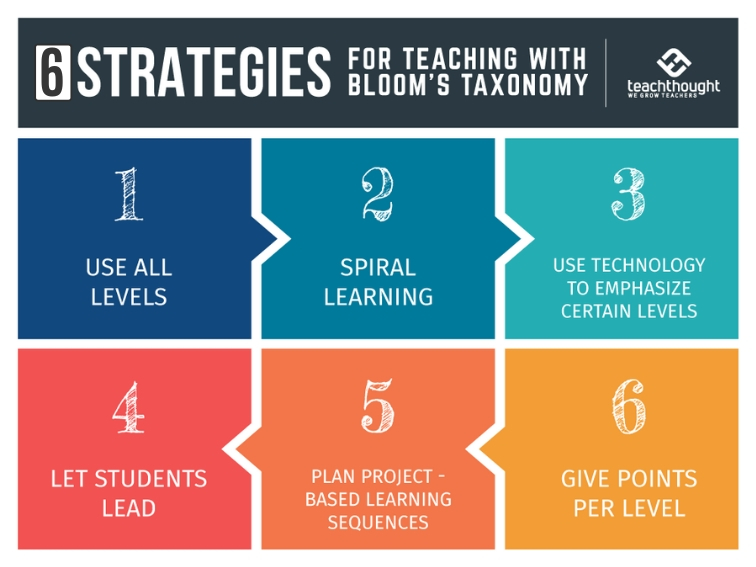
Bloom’s Spiraling is the process of starting first at lower levels of Bloom’s–recalling, defining, explaining, etc.–and then progressively increasing the level of thinking.
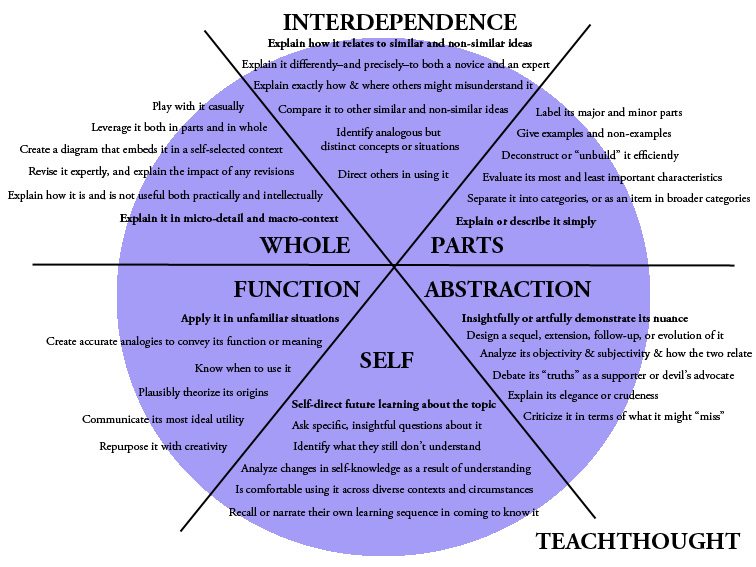
The Heick Learning Taxonomy can be used to guide planning, assessment, curriculum design, and self-directed learning.

Grading problems still surfaced, but with a system in place, it was easier to identify what went wrong and communicate why to students.

Like thinking, reading in the 21st century is endlessly linked in an increasingly visible web of physical and digital media forms.
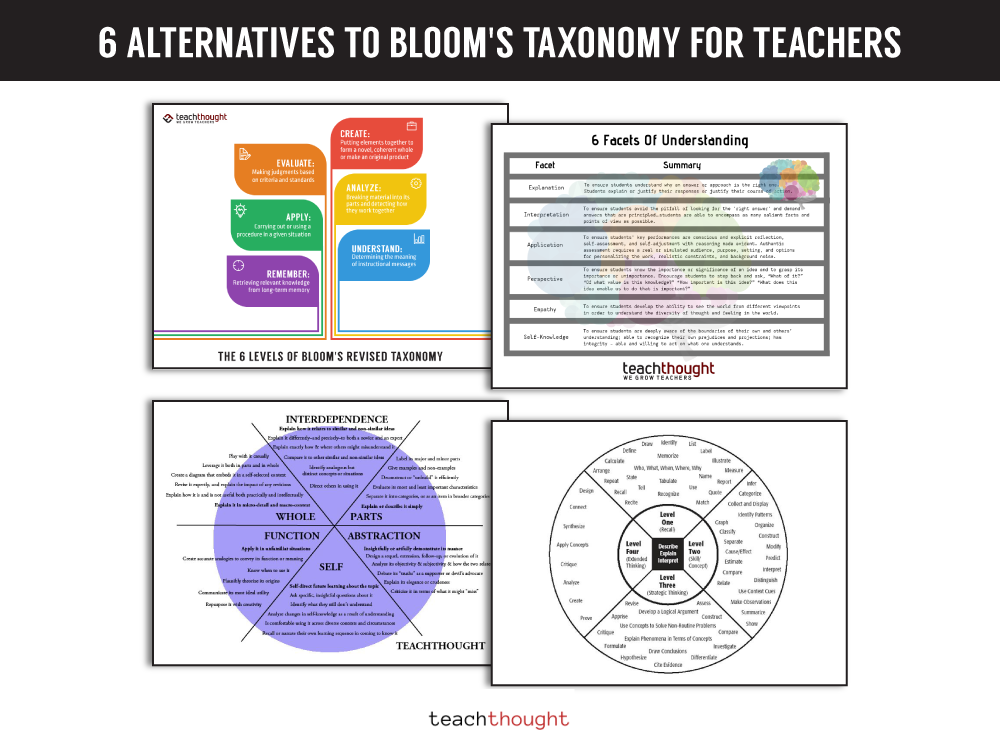
Why might you need alternatives to Bloom’s Taxonomy? While wonderful, it neglects important ideas that see the whole child.
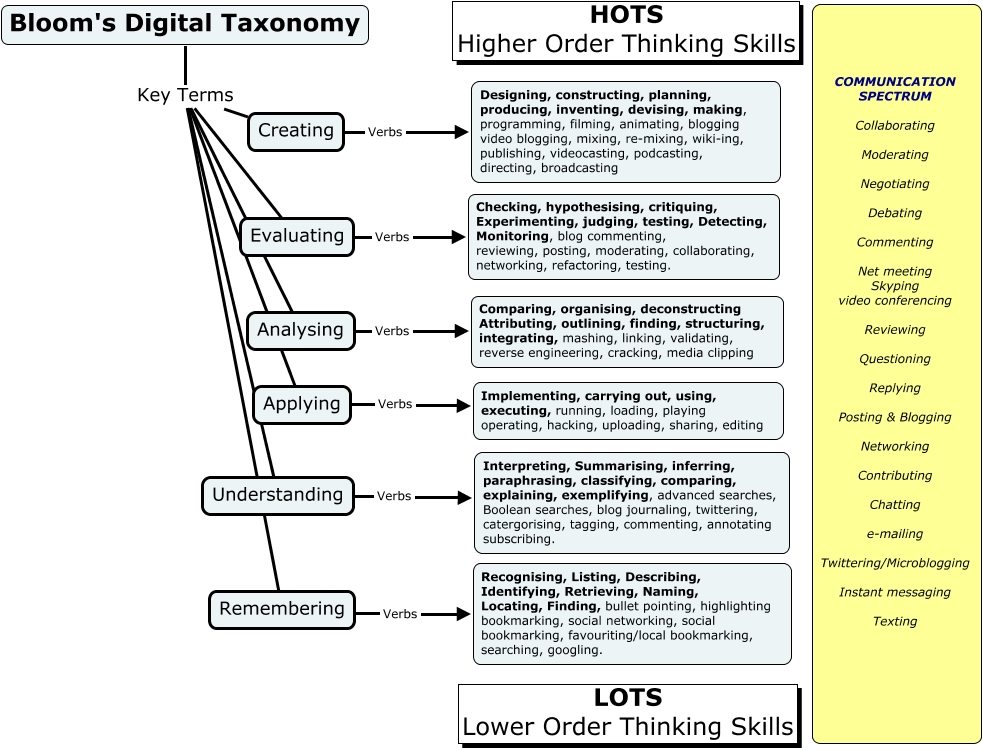
This Bloom’s Digital Taxonomy helps teachers evaluate and design digital tasks like ChatGPT use, blogging, podcasting, and more.

The goal of the Socratic seminar is to foster critical thinking by examining inaccurate/incomplete beliefs and the assumptions behind them.
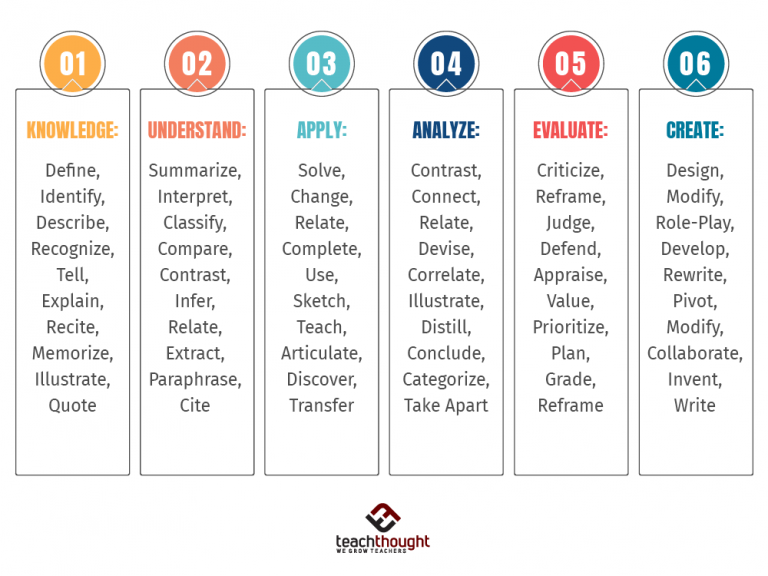
A comprehensive list of Bloom’s Taxonomy verbs, organized by cognitive level, to guide lesson planning, assessment design, and the development of critical thinking.
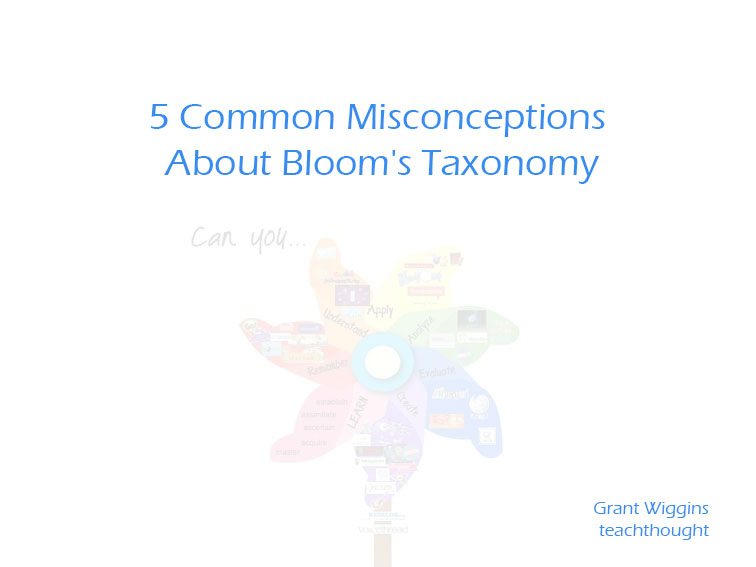
Many educators have a mistaken view of the Bloom’s Taxonomy and the levels in it, as the following errors suggest.

Global Digital Citizen Foundation combines both Bloom’s Taxonomy and power verbs for lesson & assessment planning in this graphic.
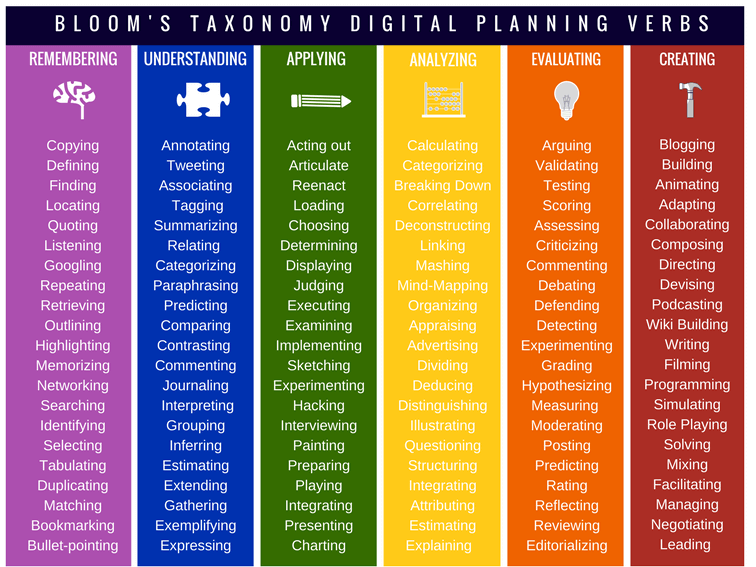
Bloom’s Taxonomy is a hierarchical classification of cognitive skills used to design instruction, assess learning, and promote higher-order thinking.
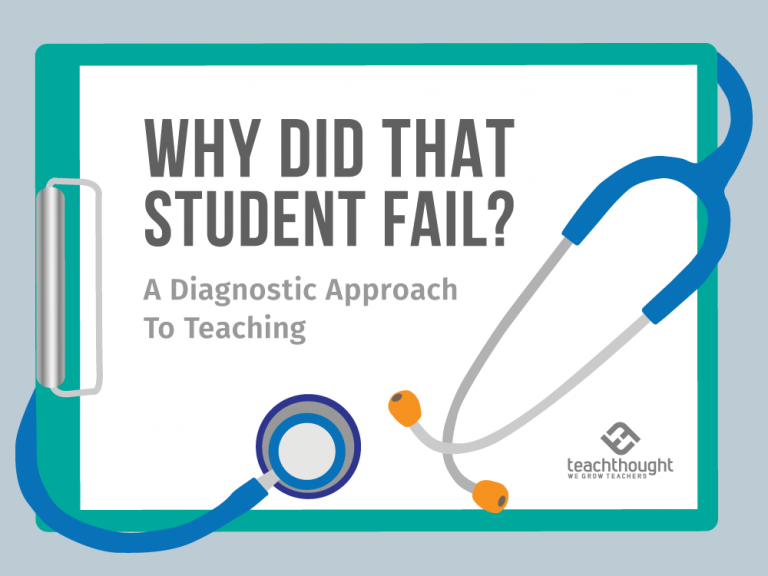
What is Diagnostic Teaching? Diagnostic teaching is a step-by-step, intentional process for pinpointing exactly why a student is struggling.